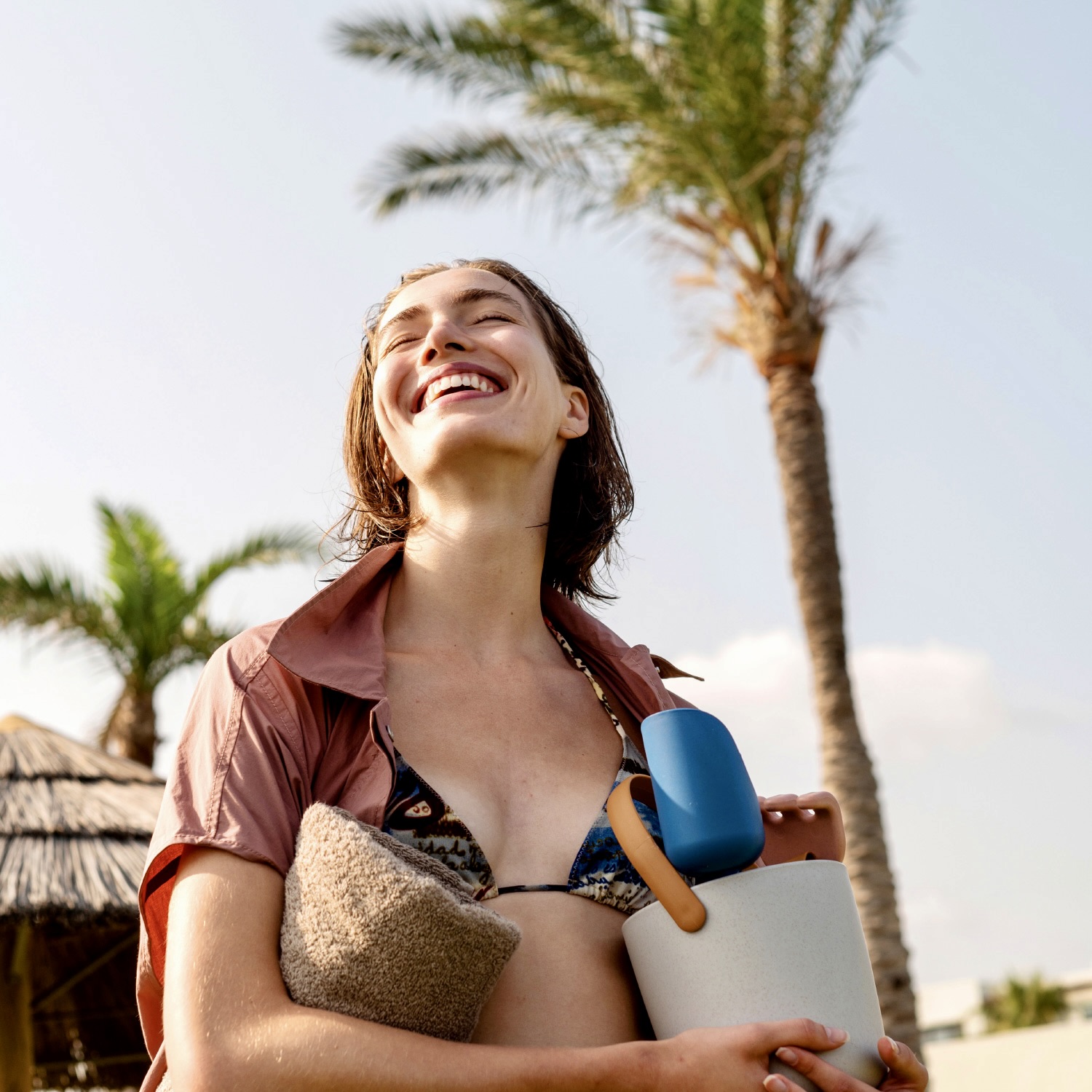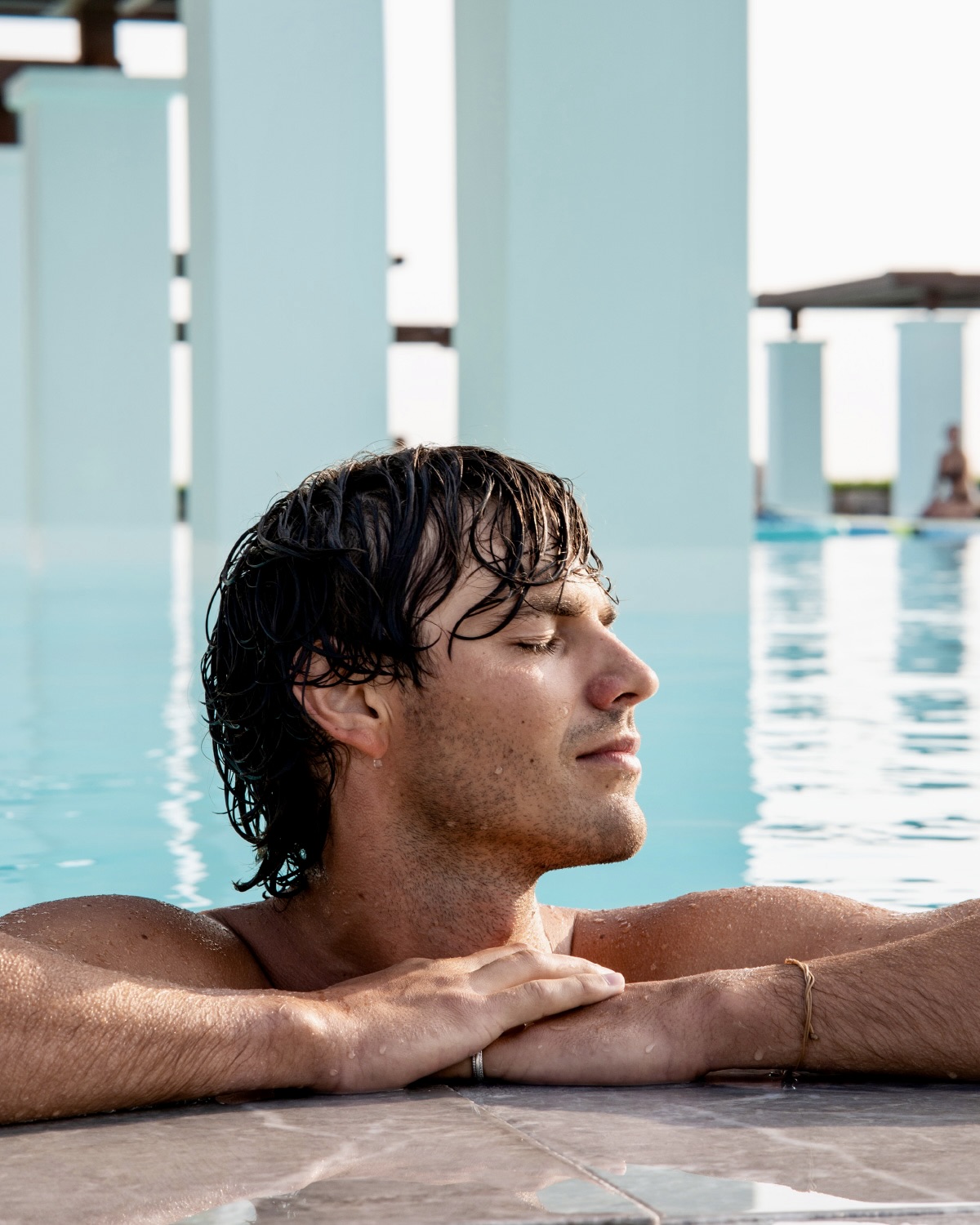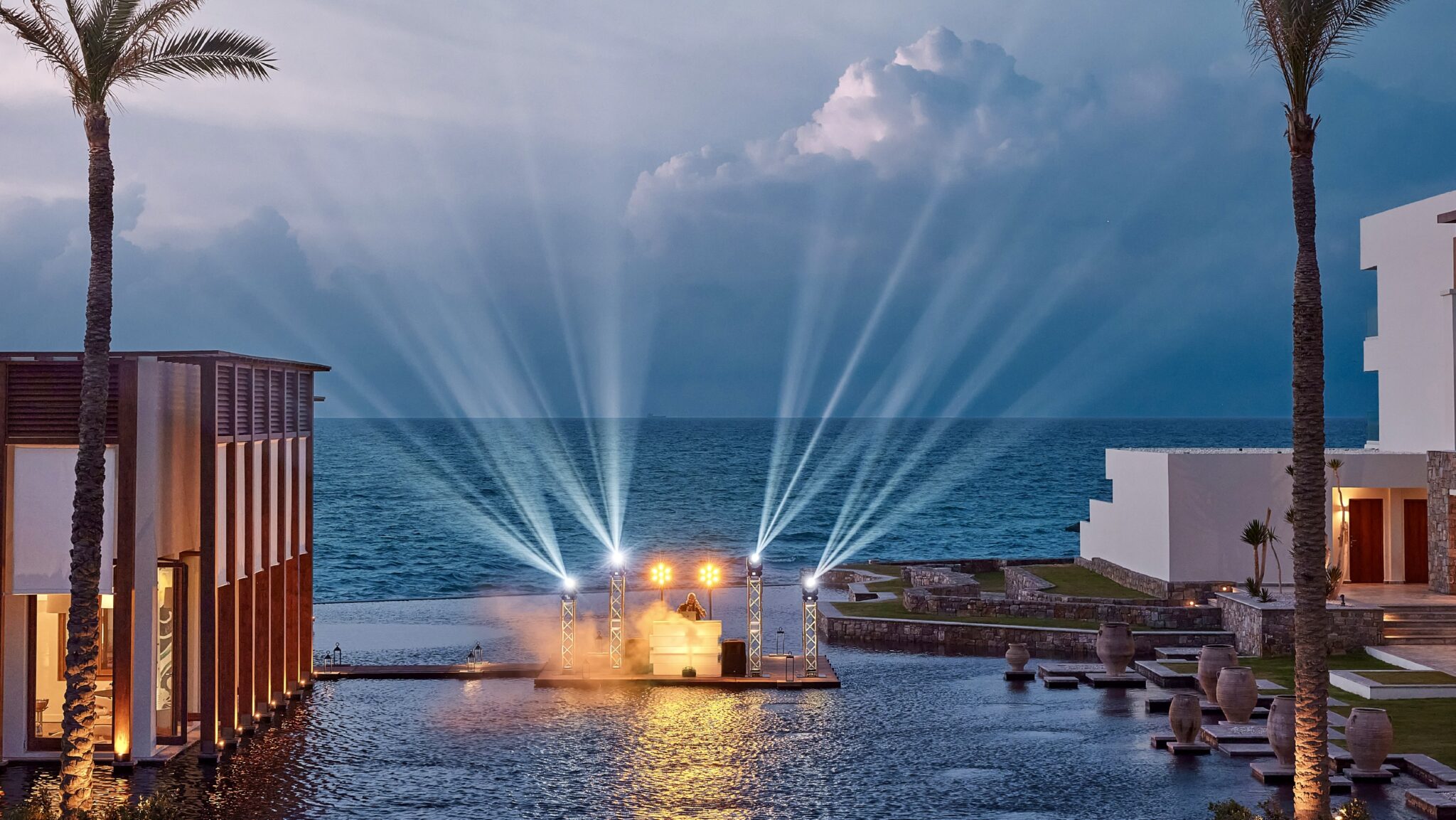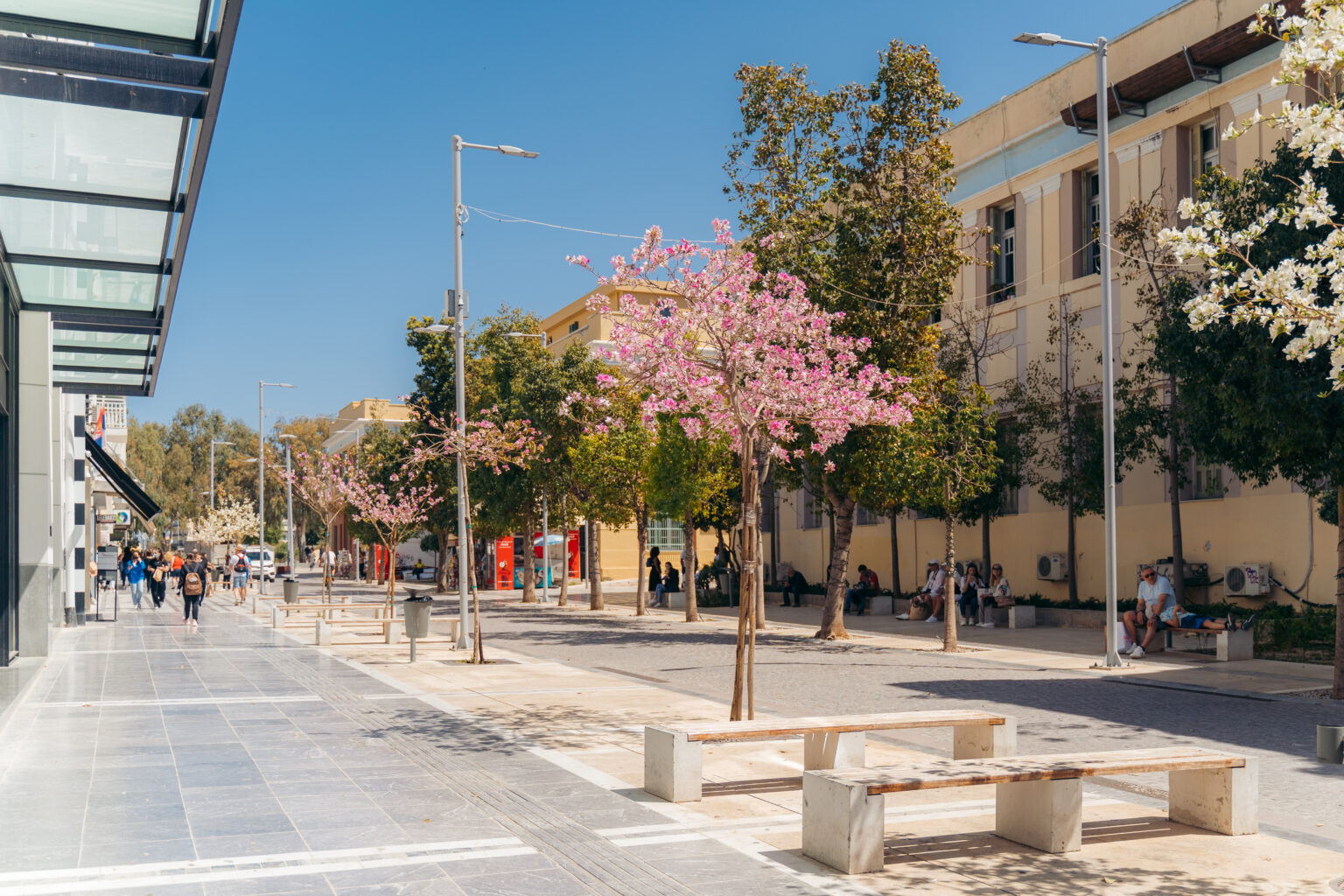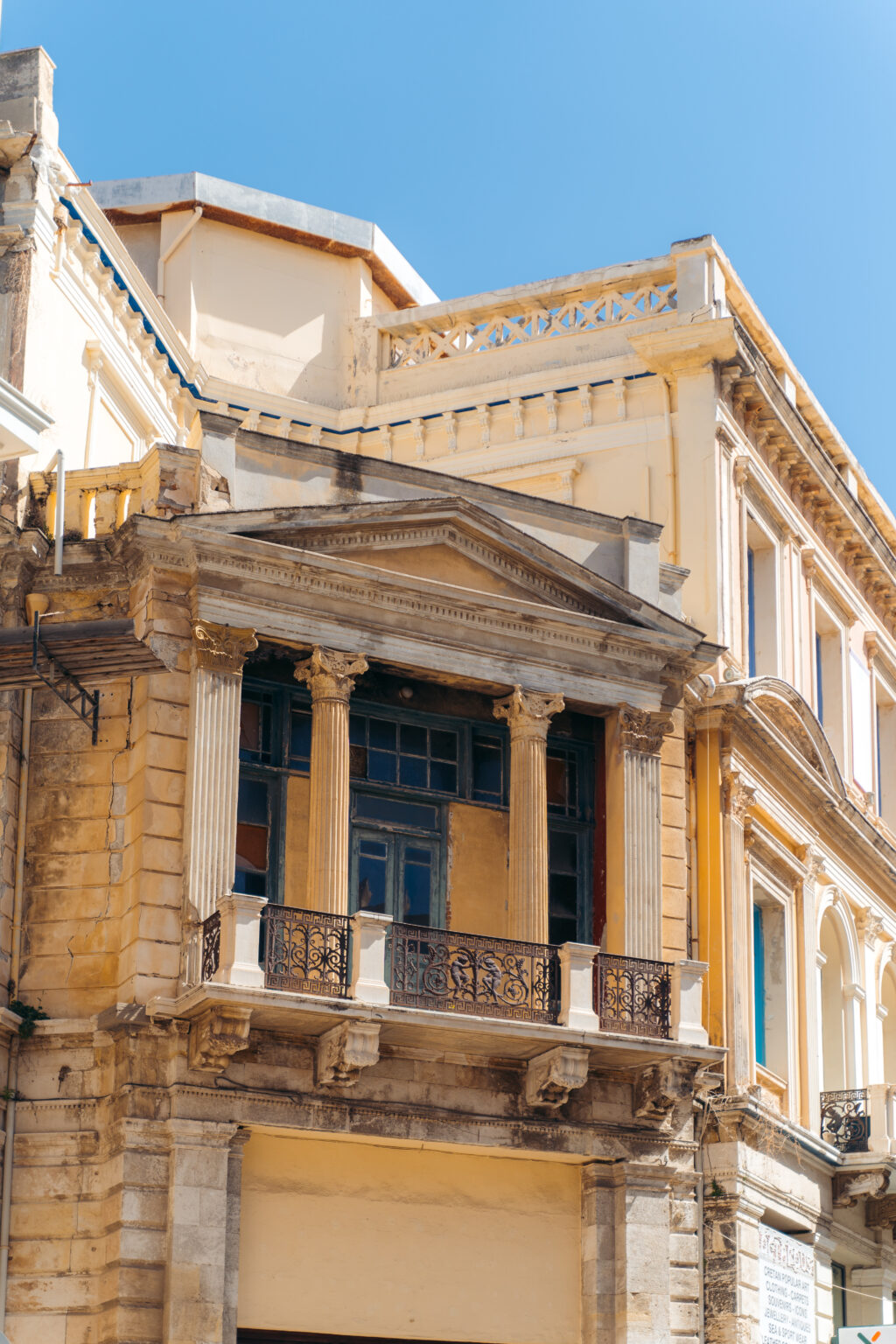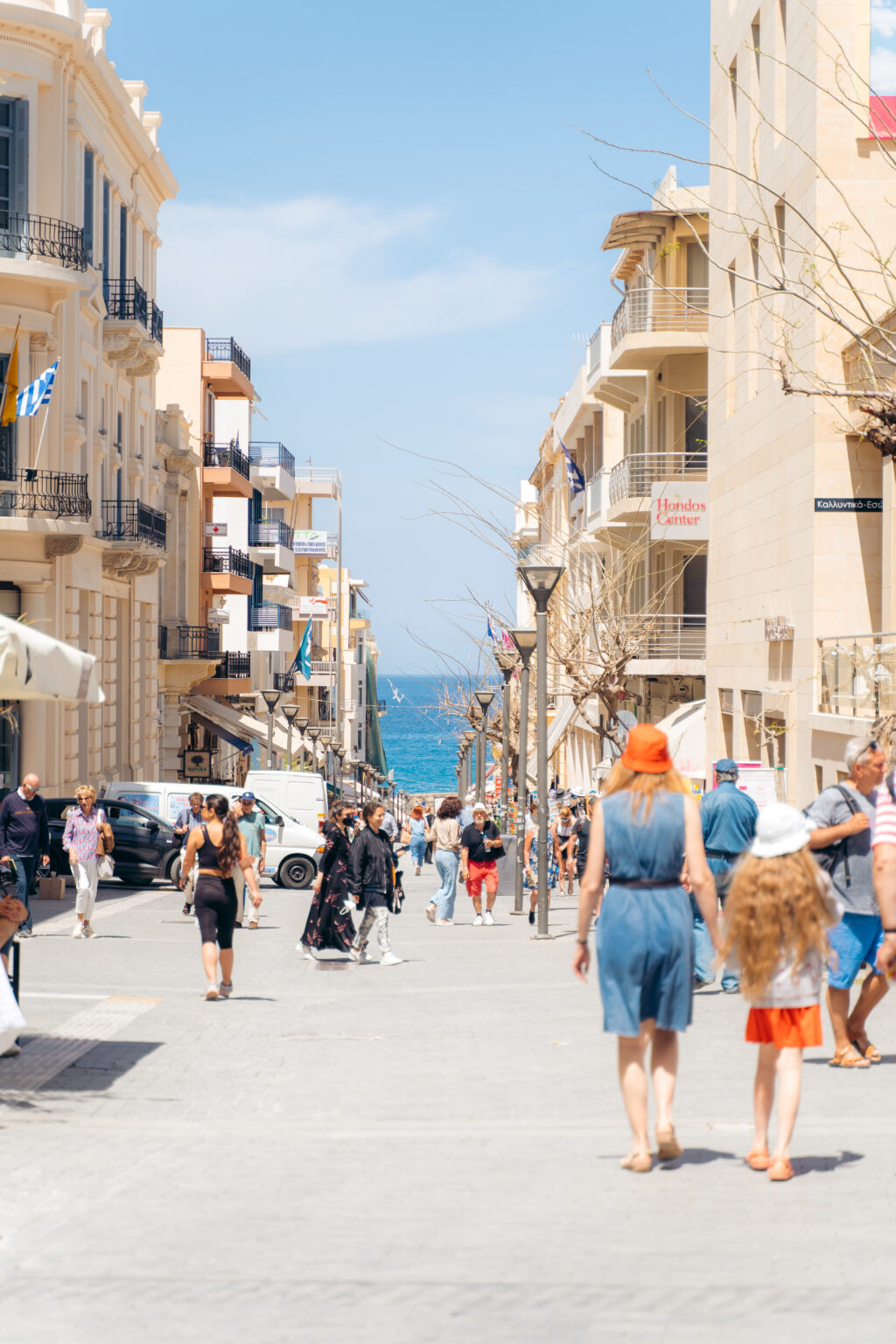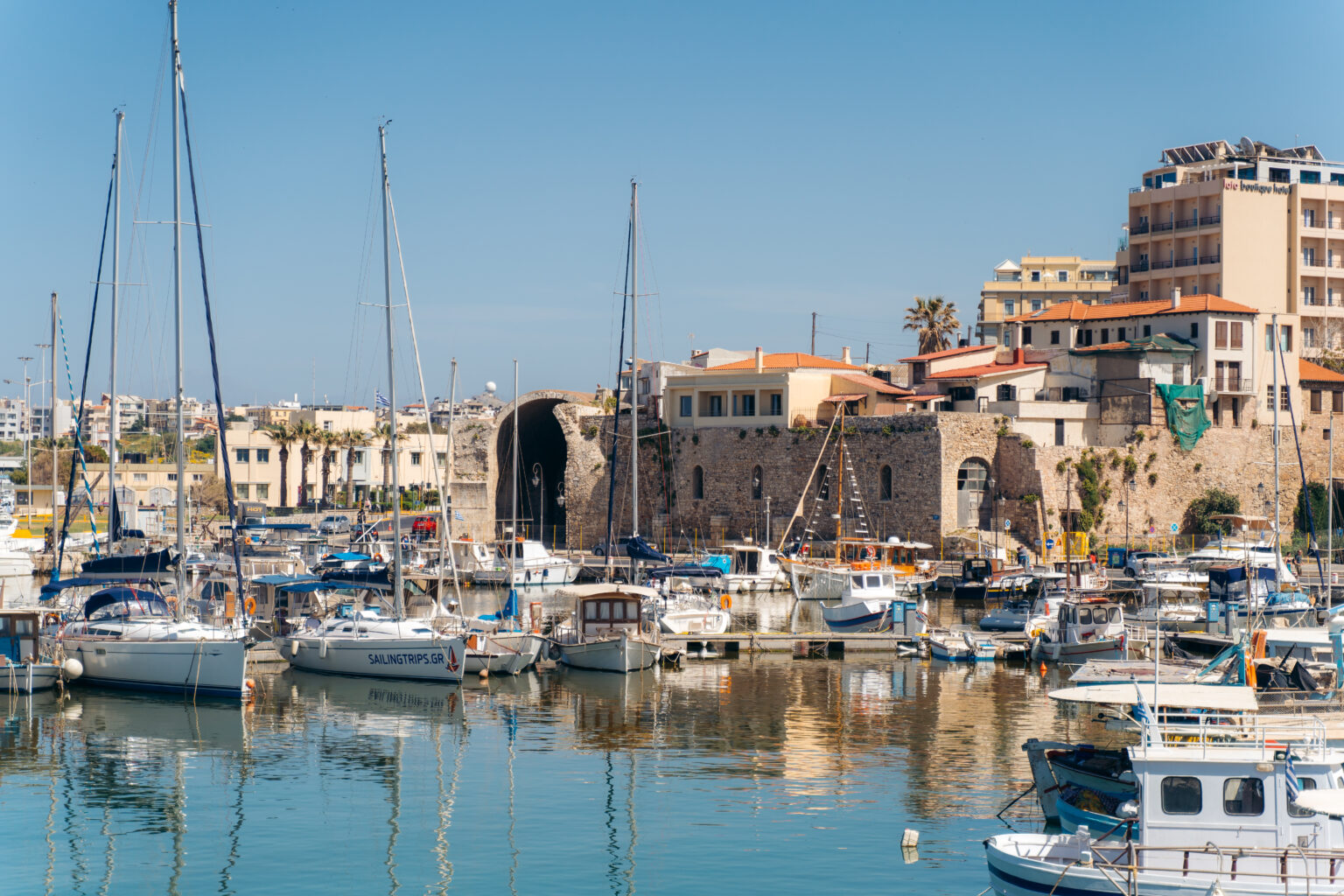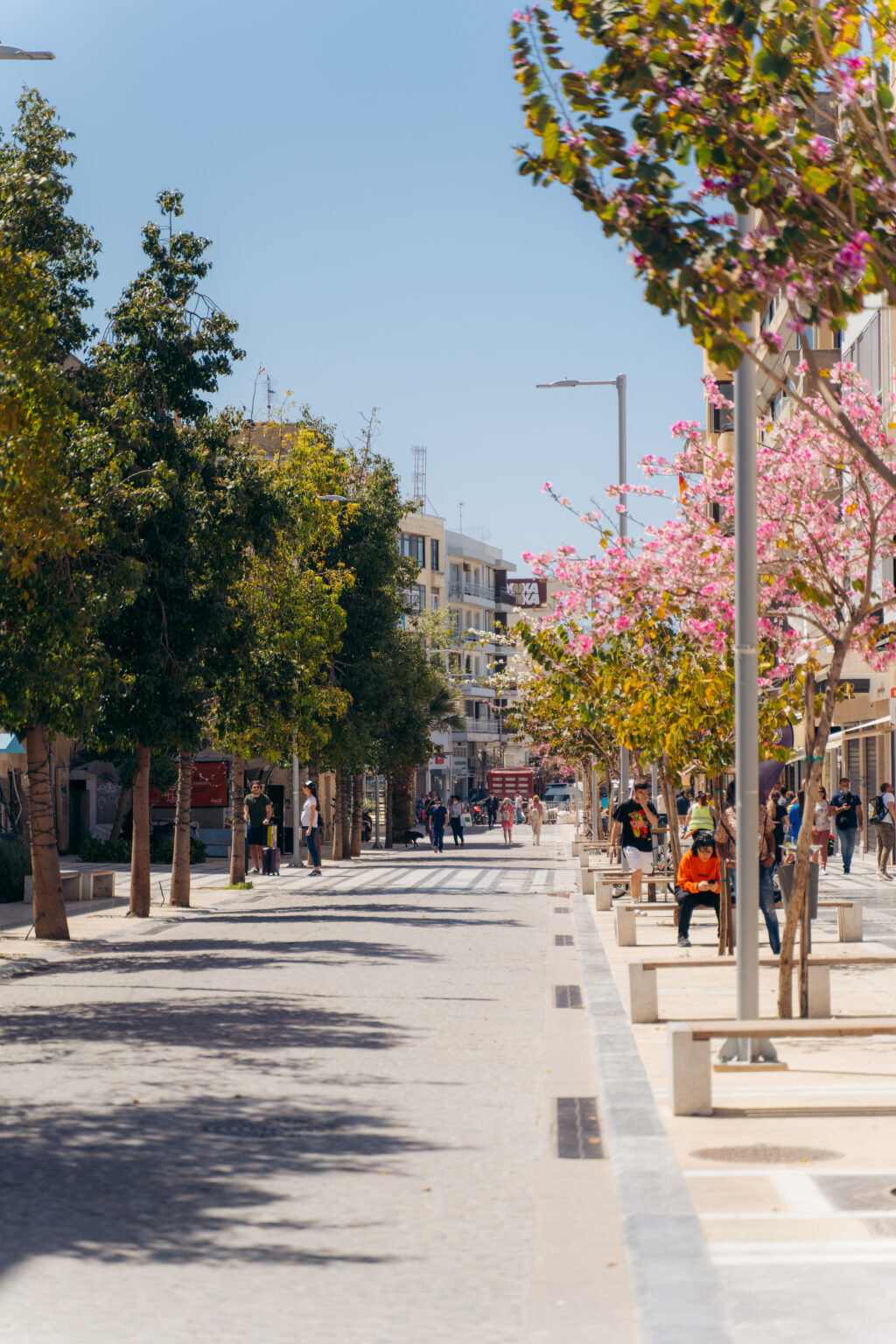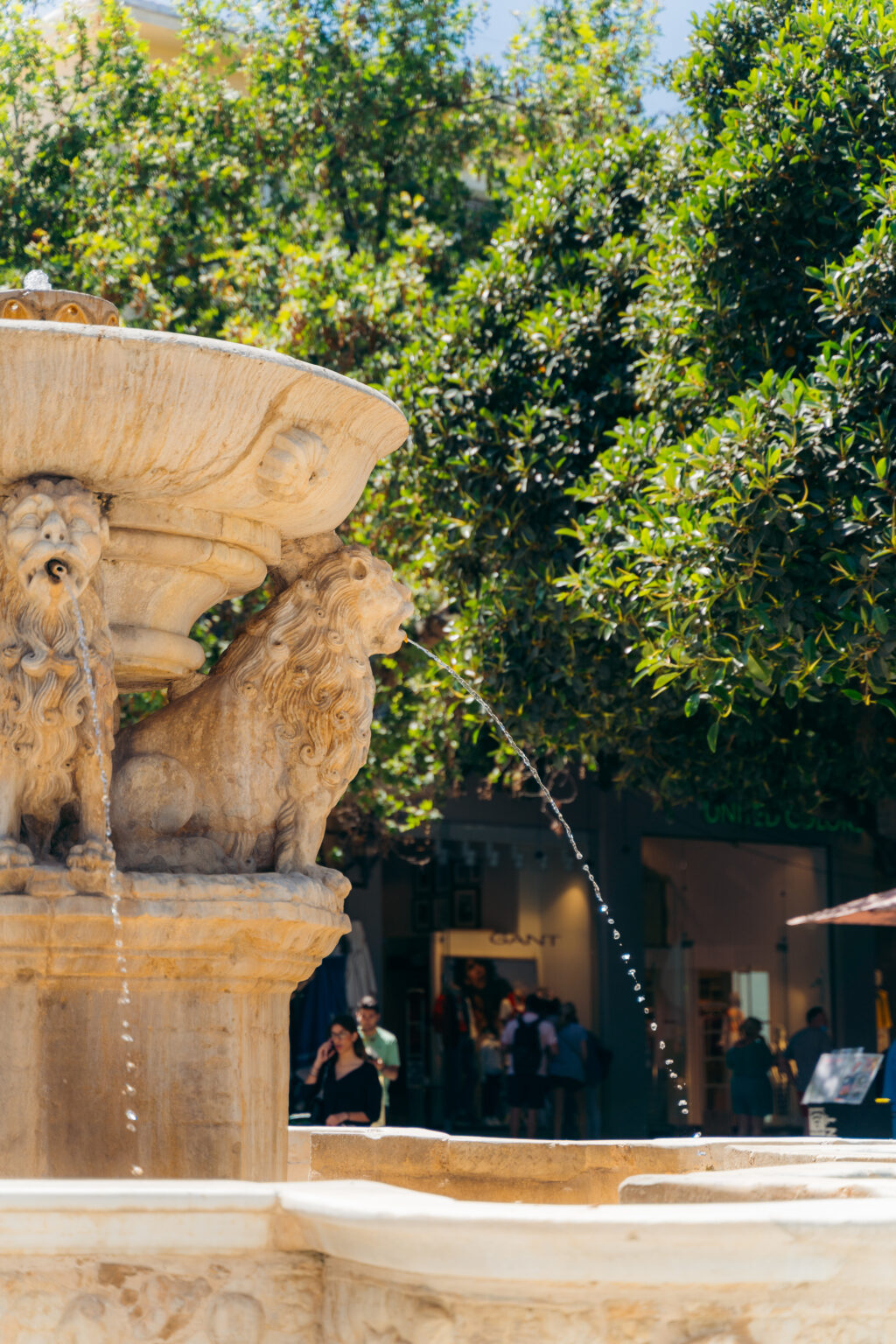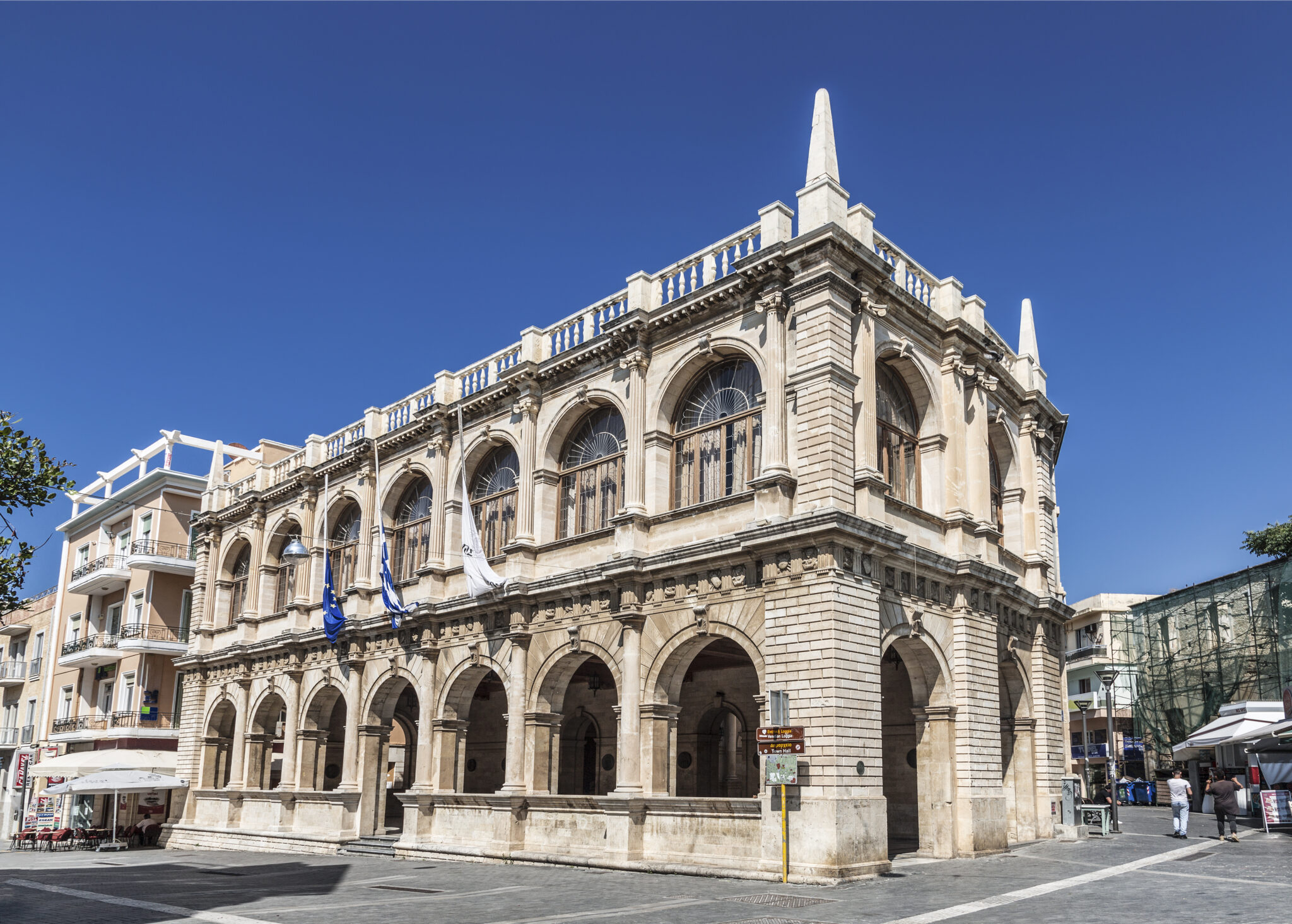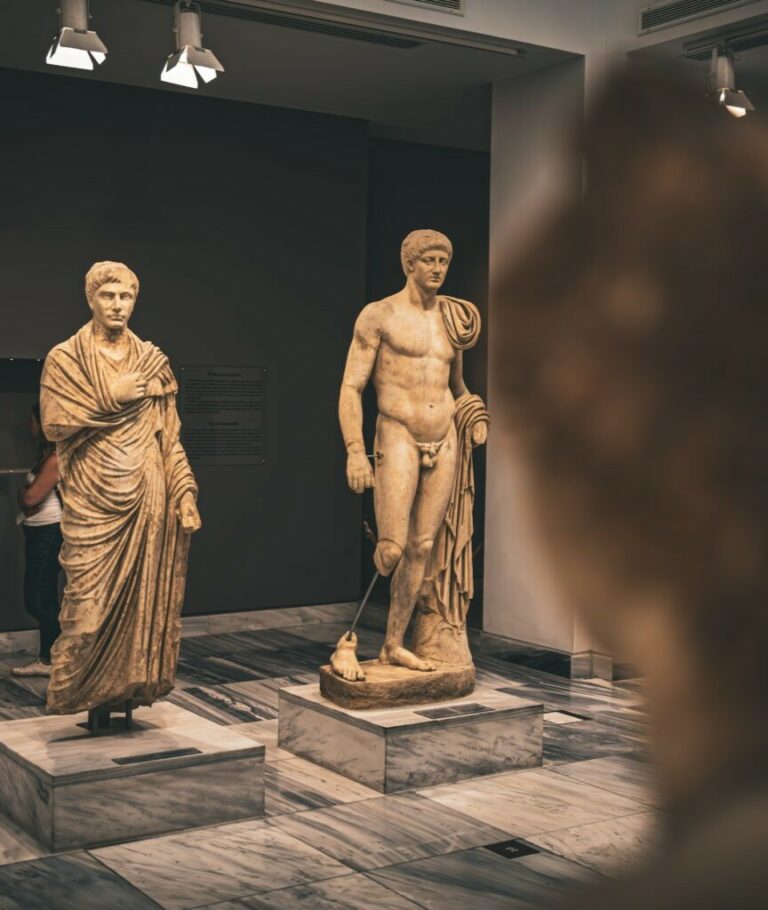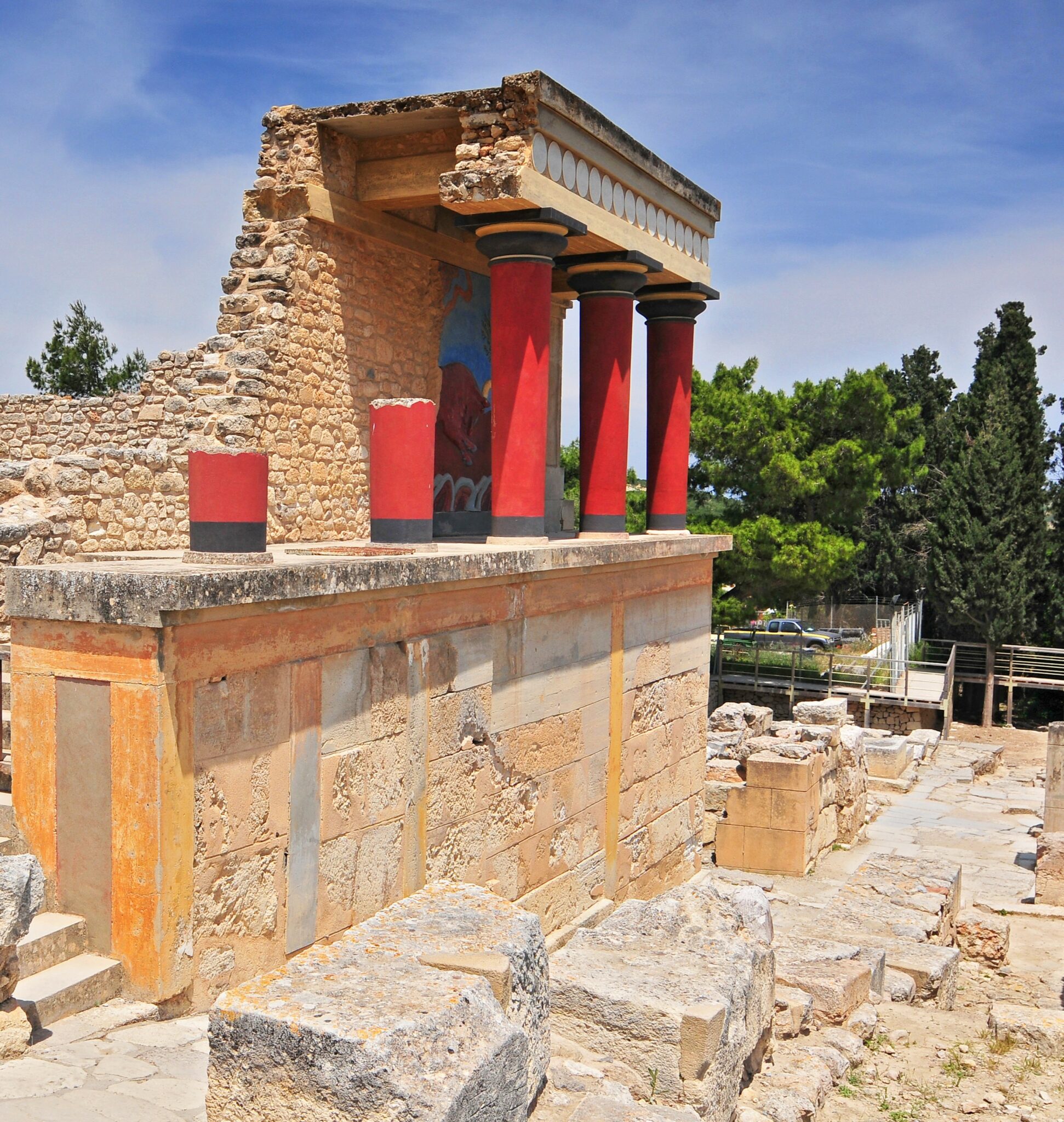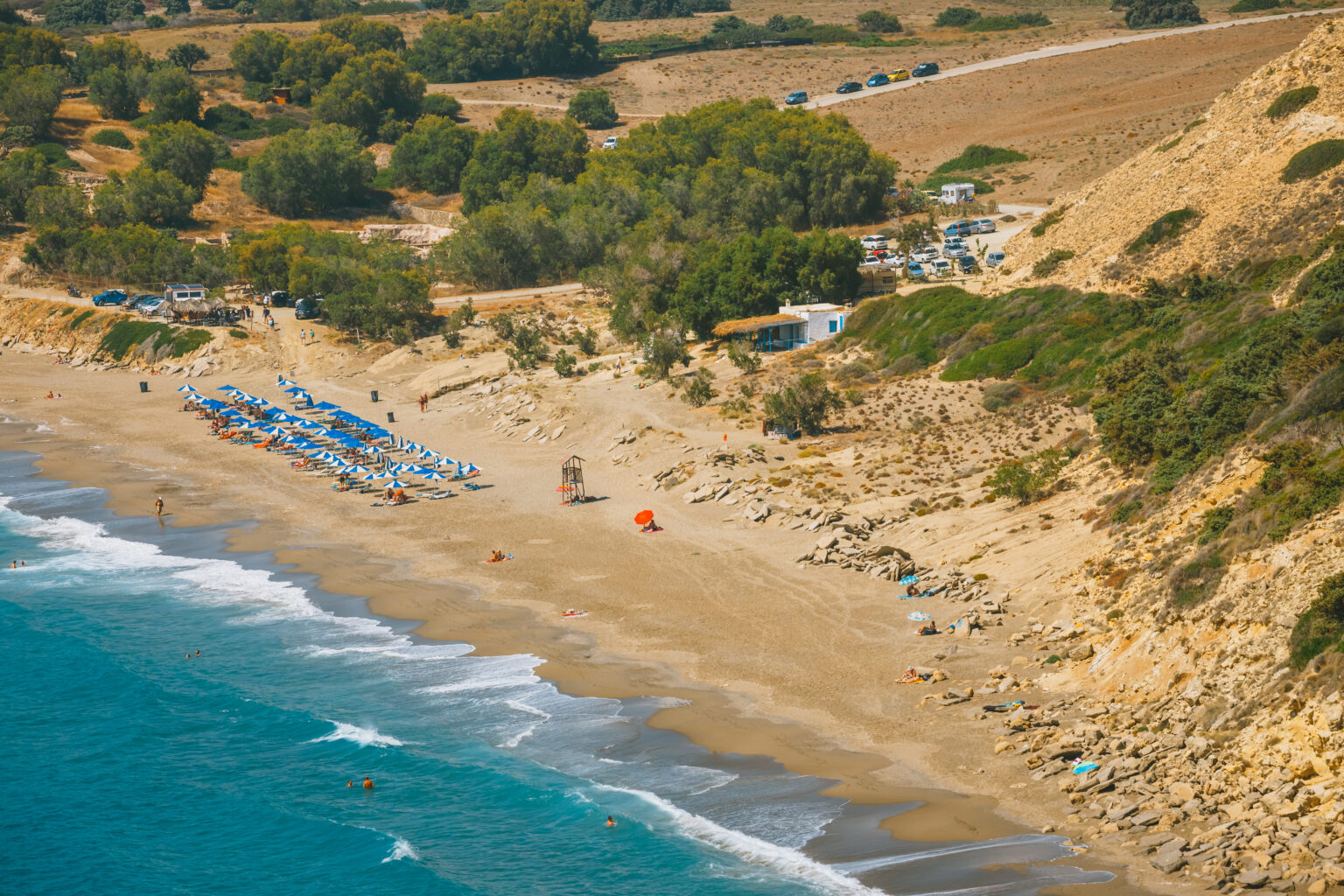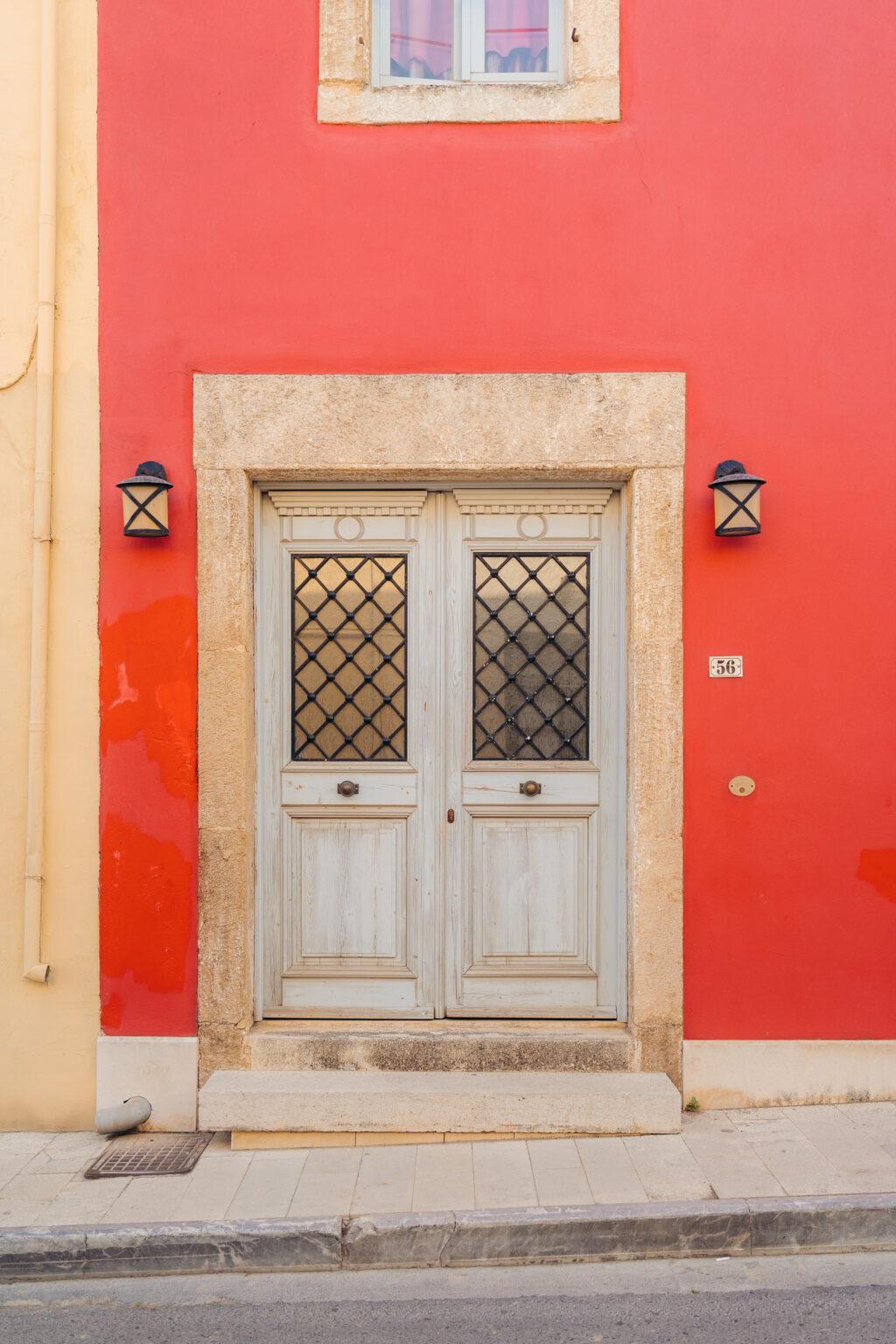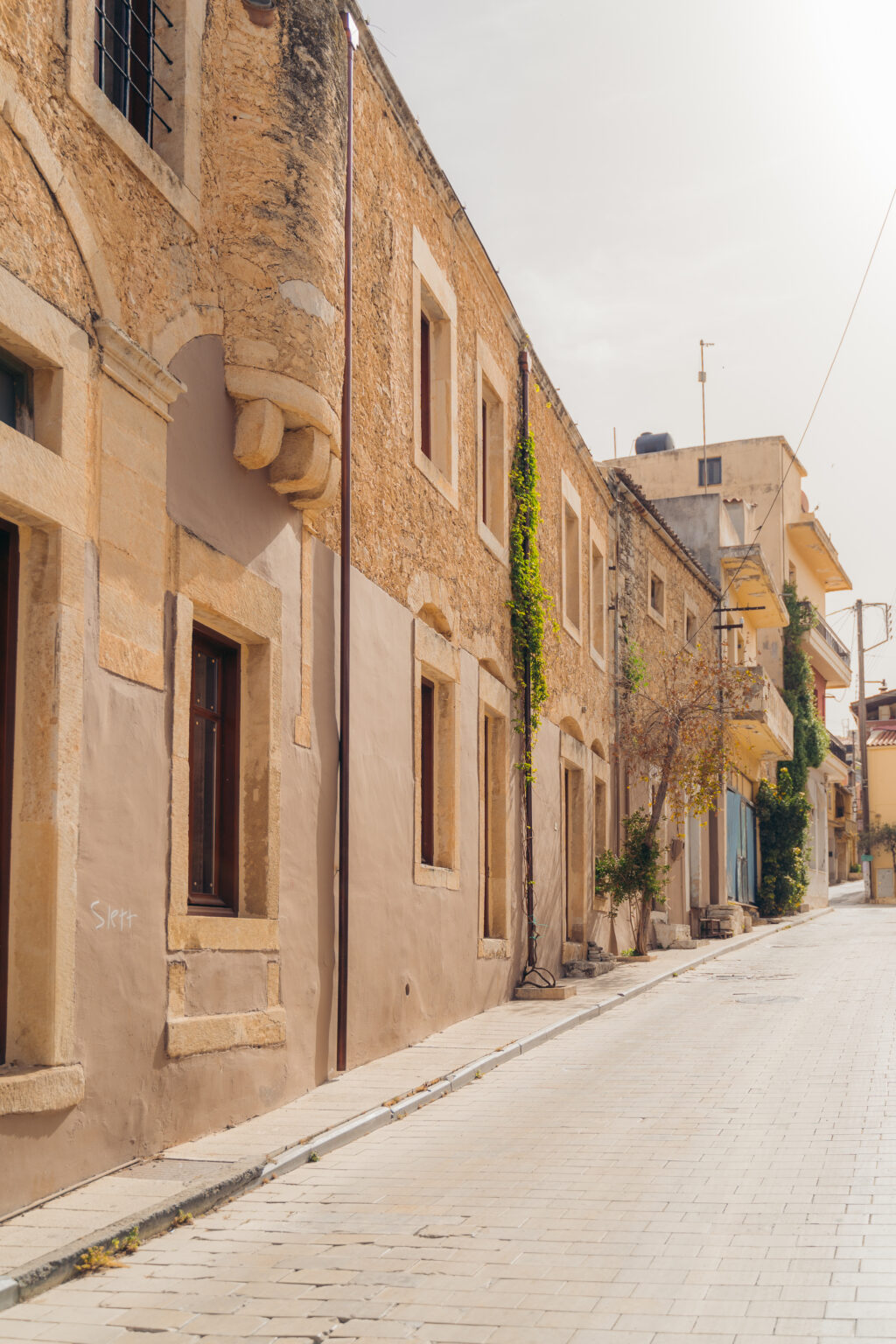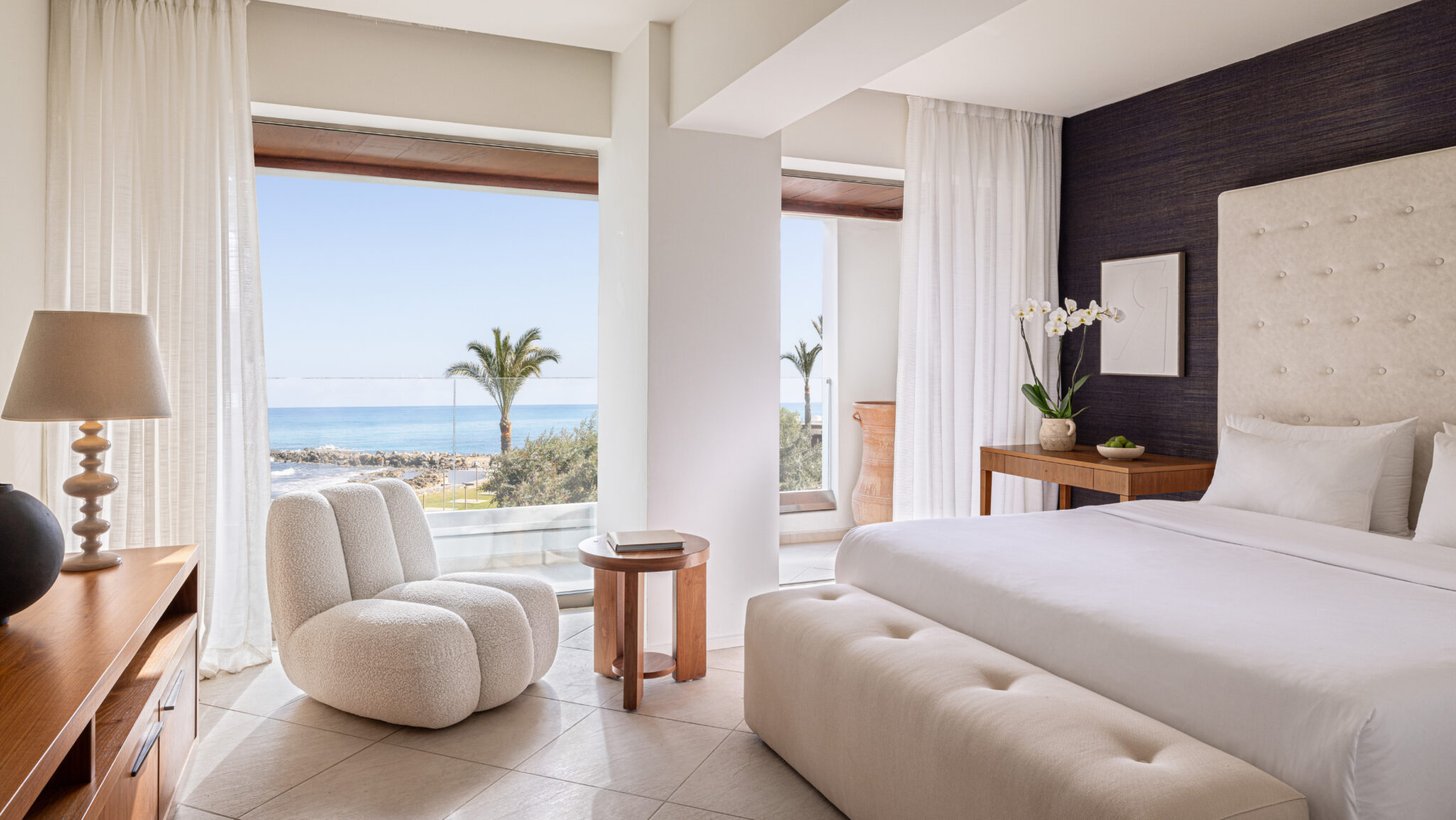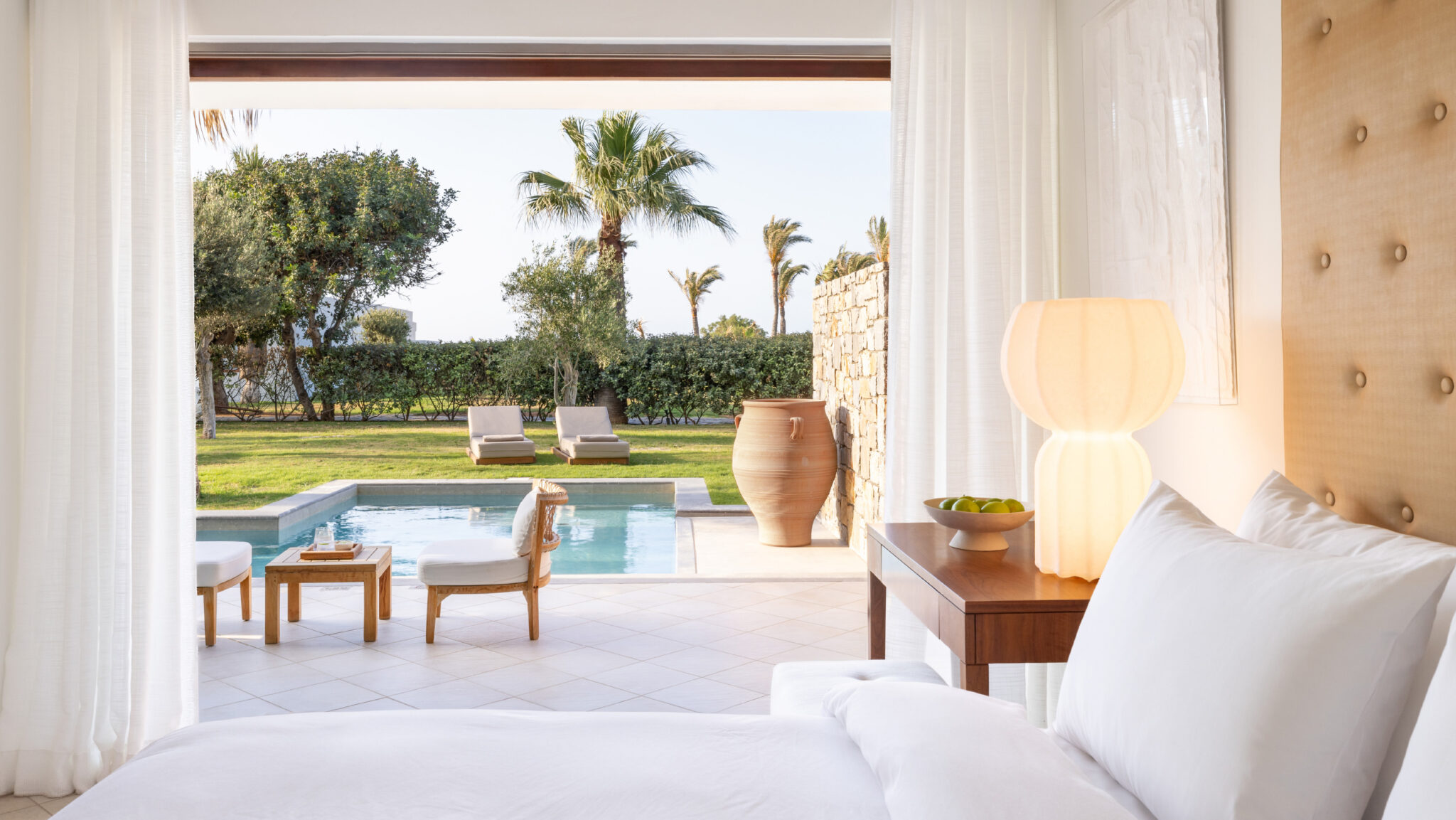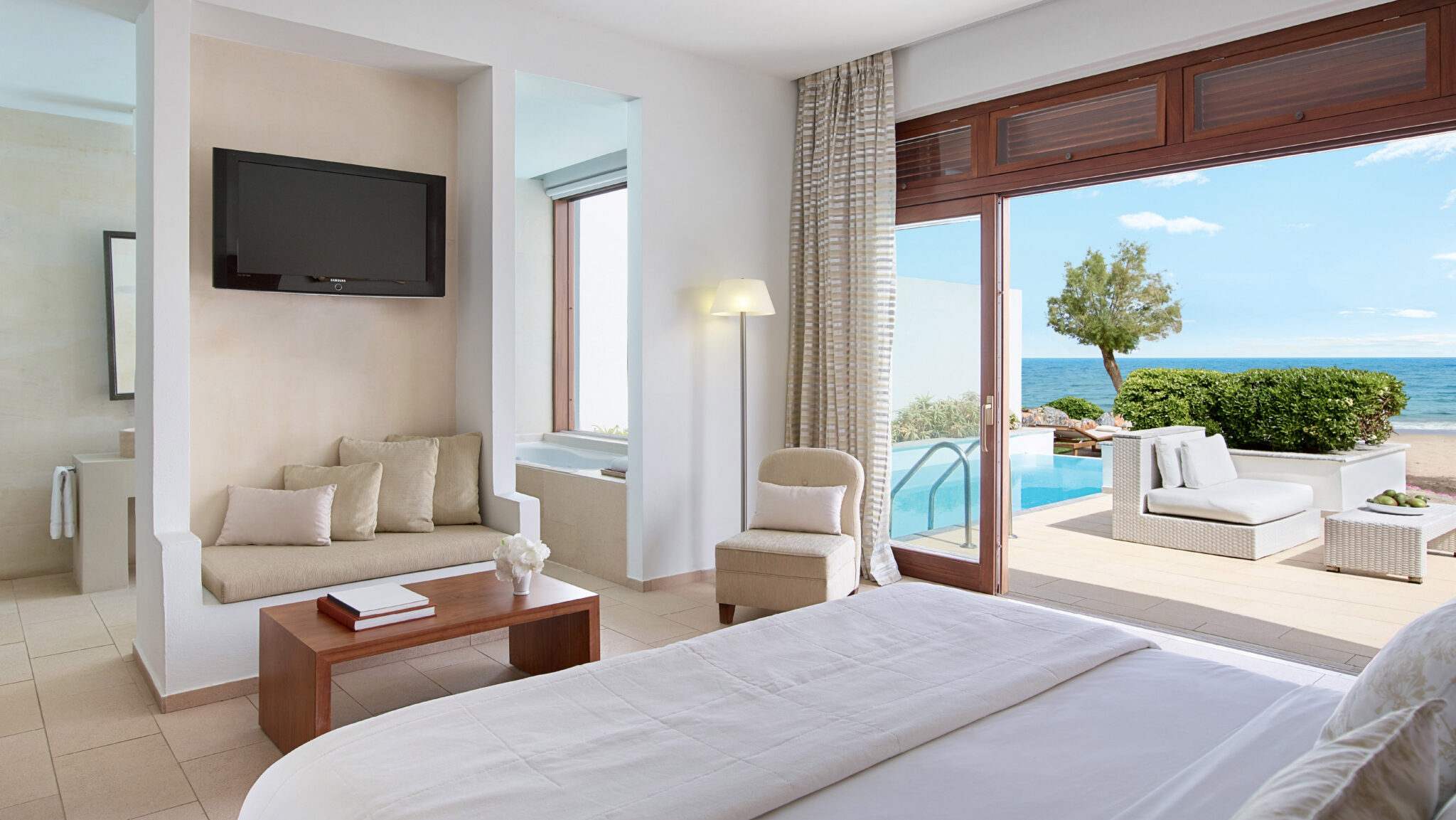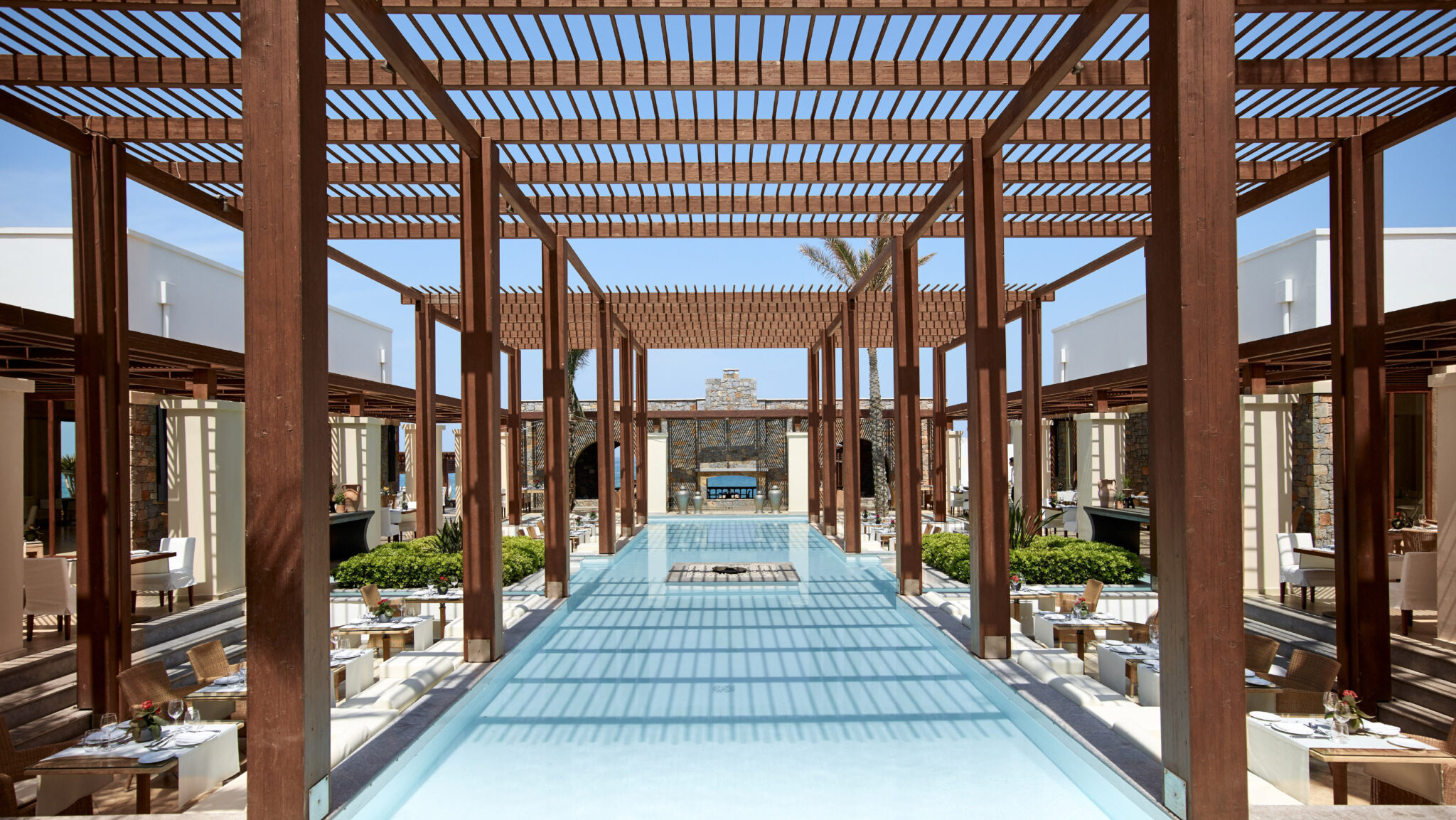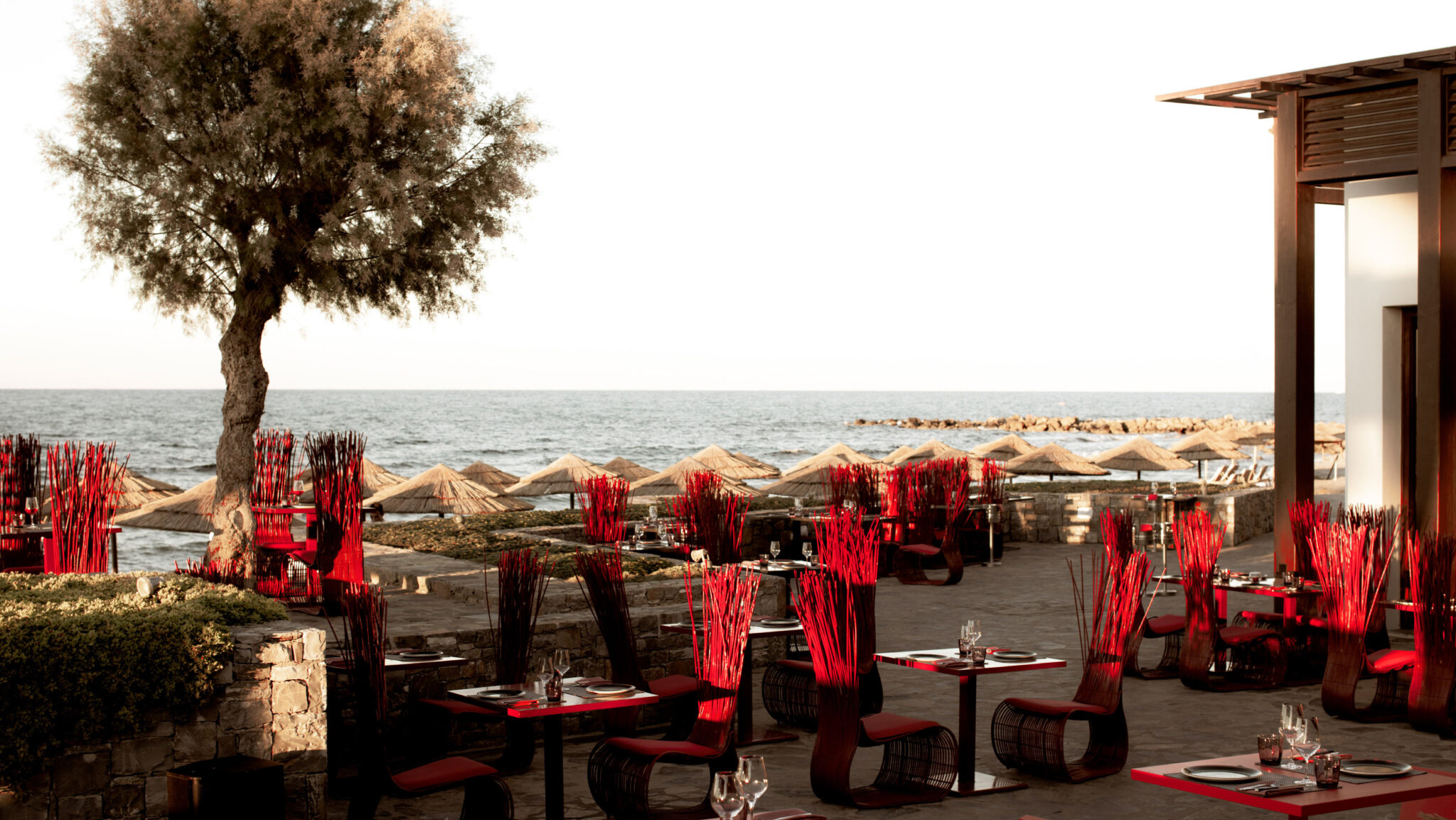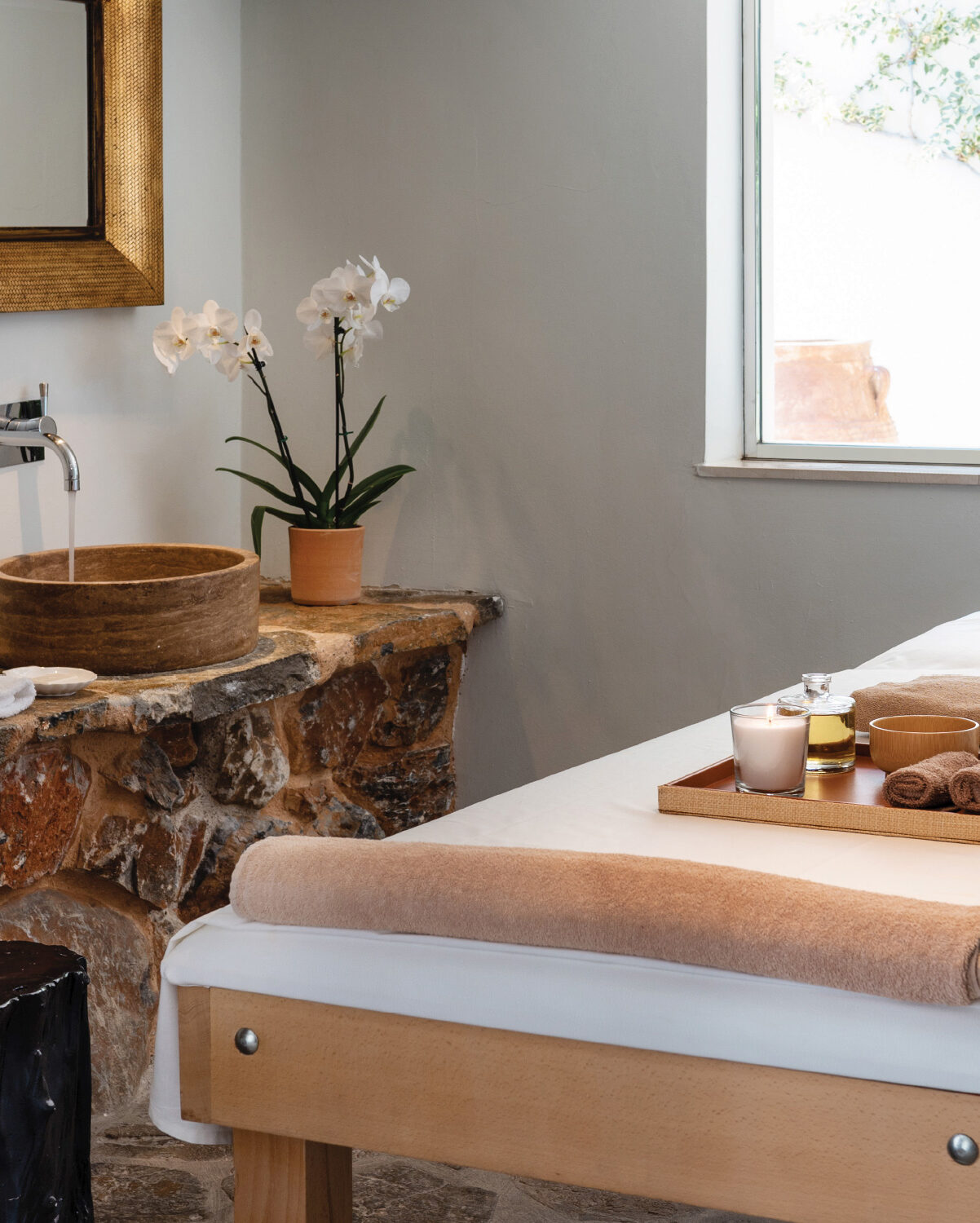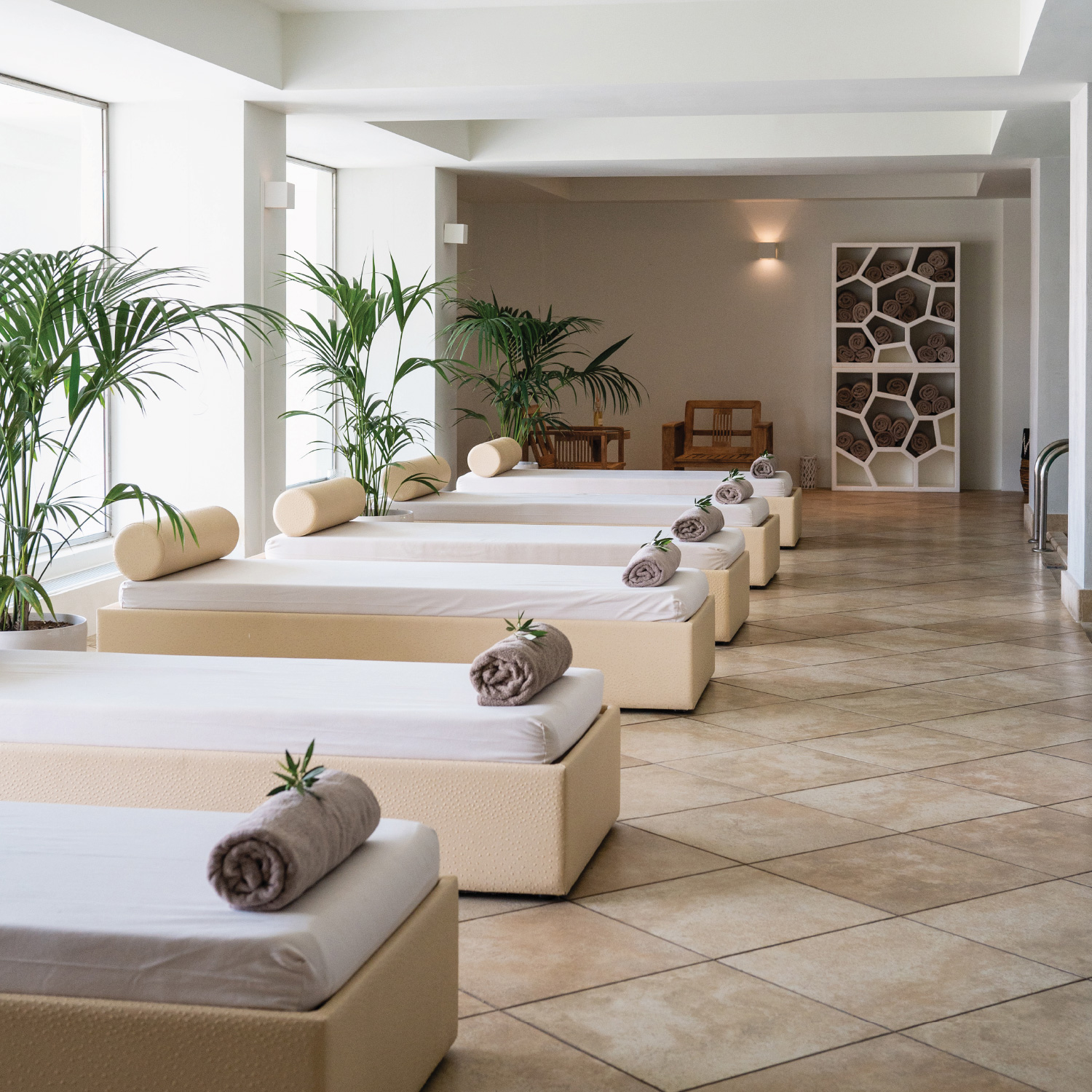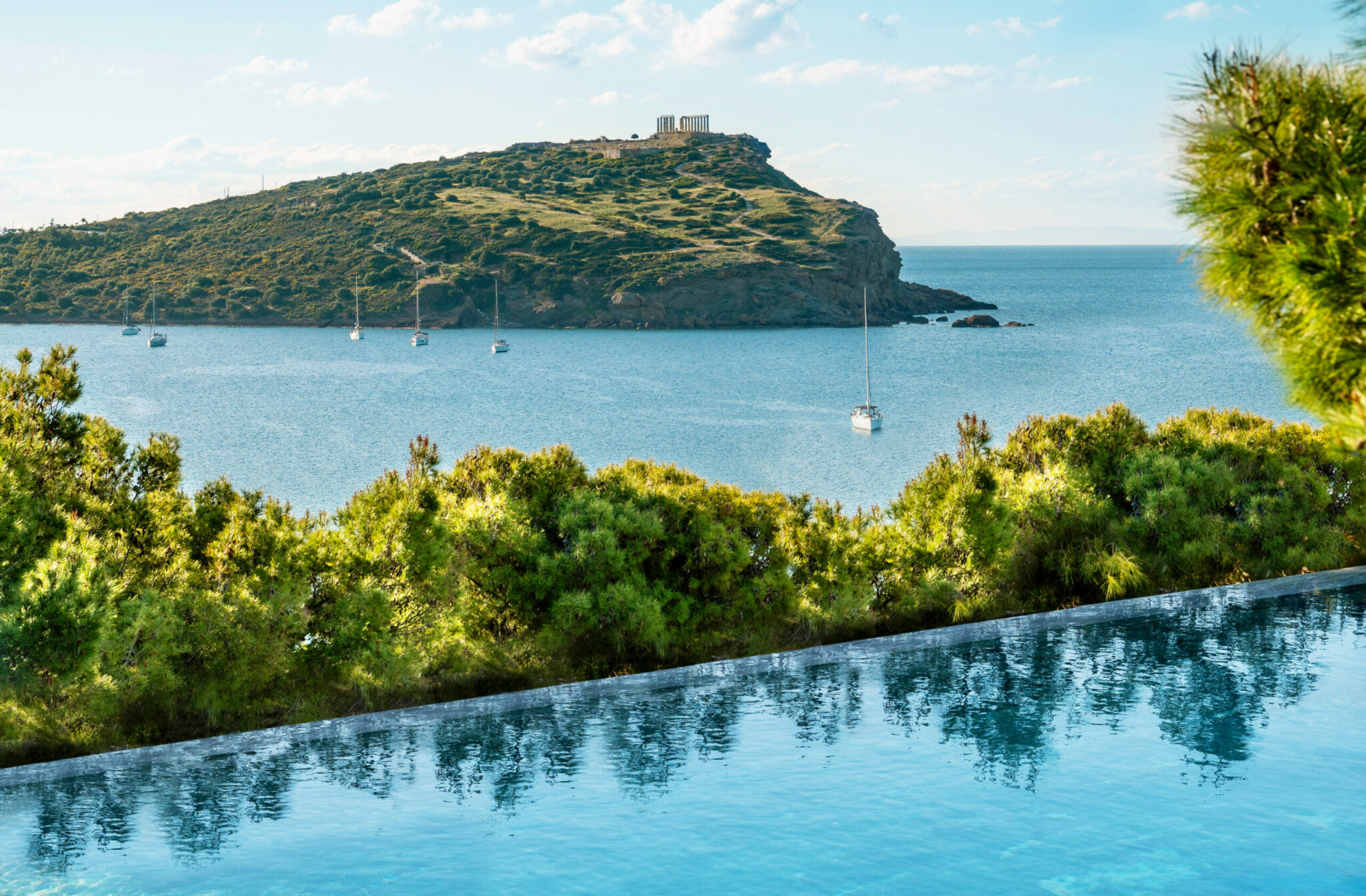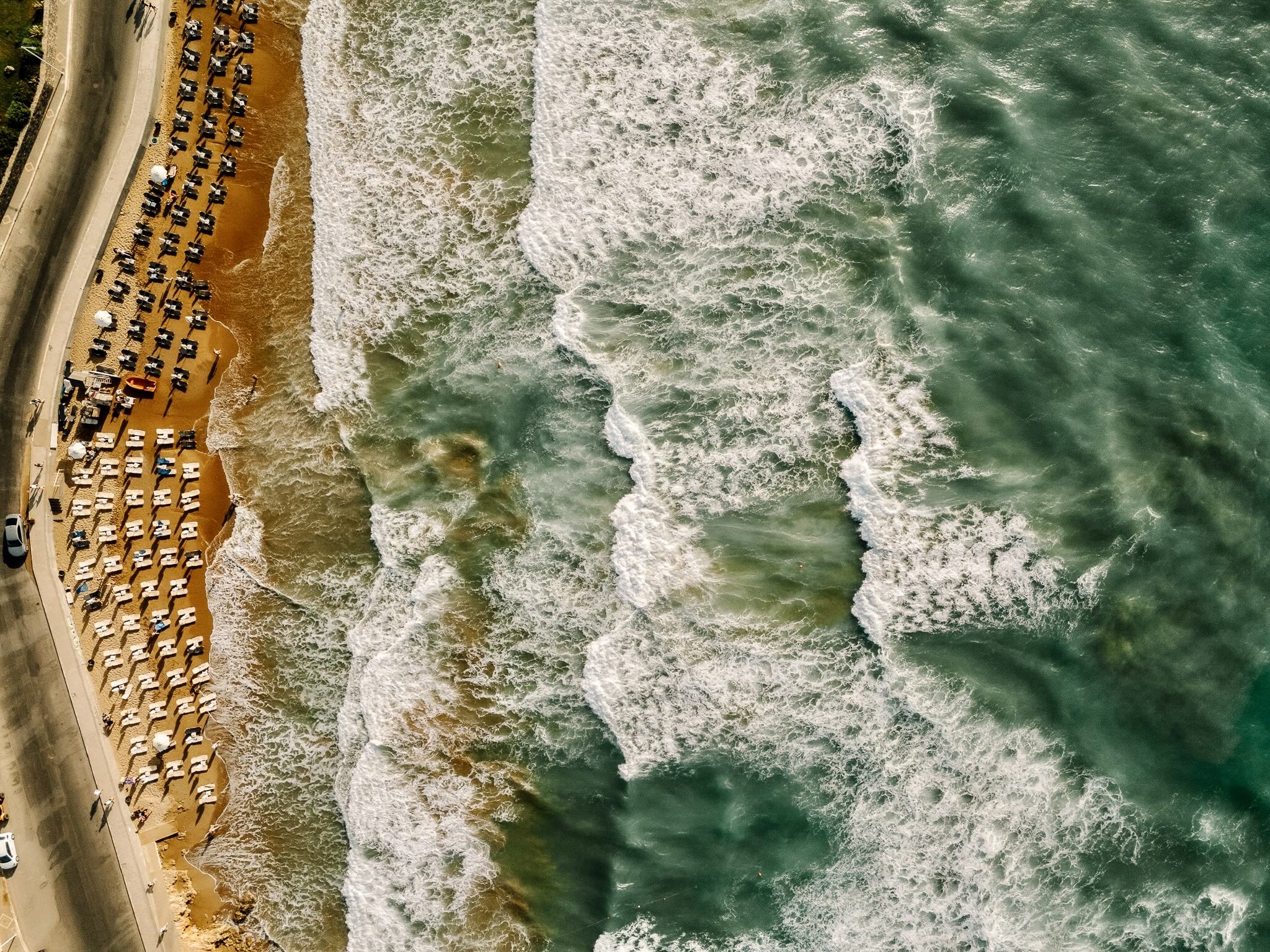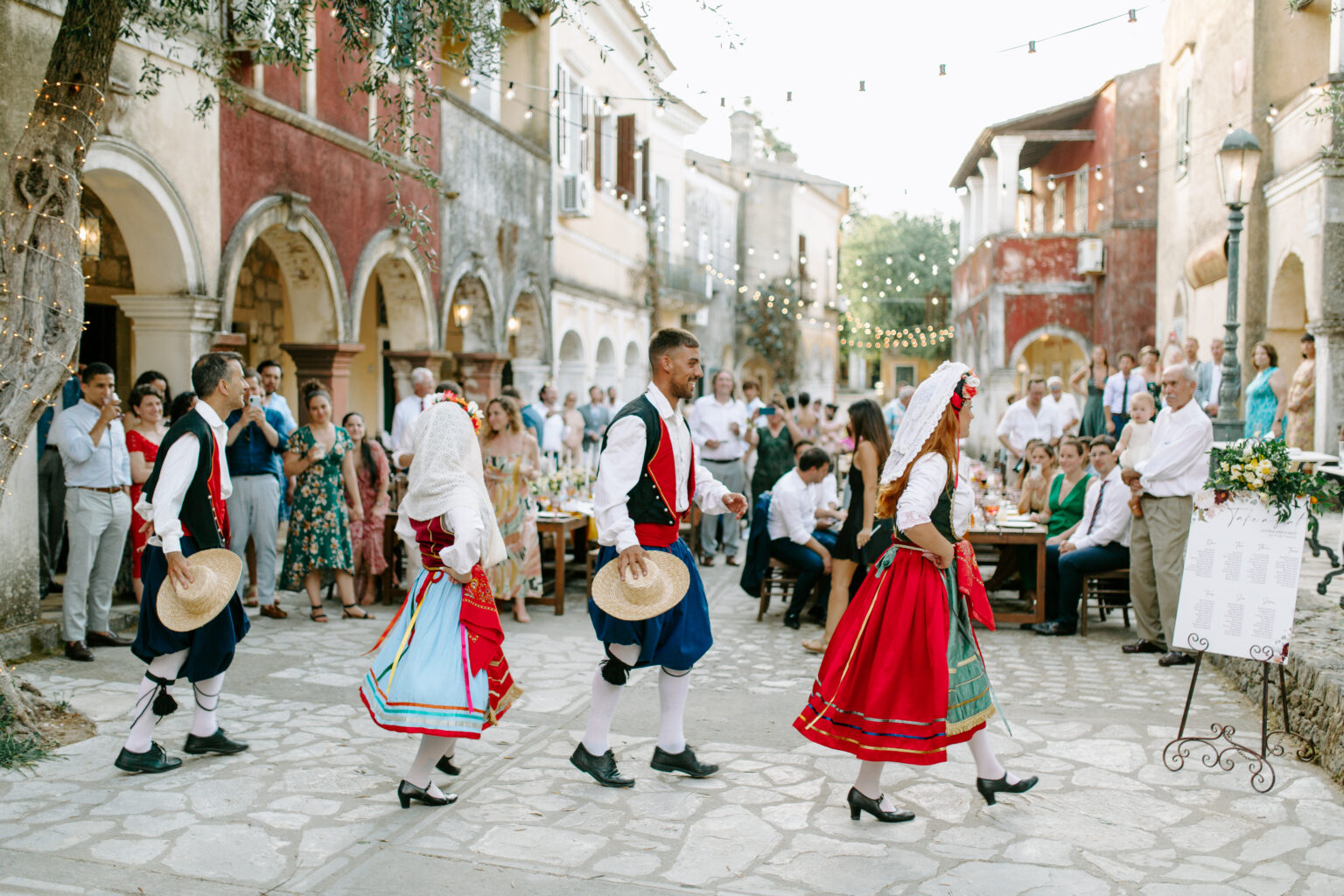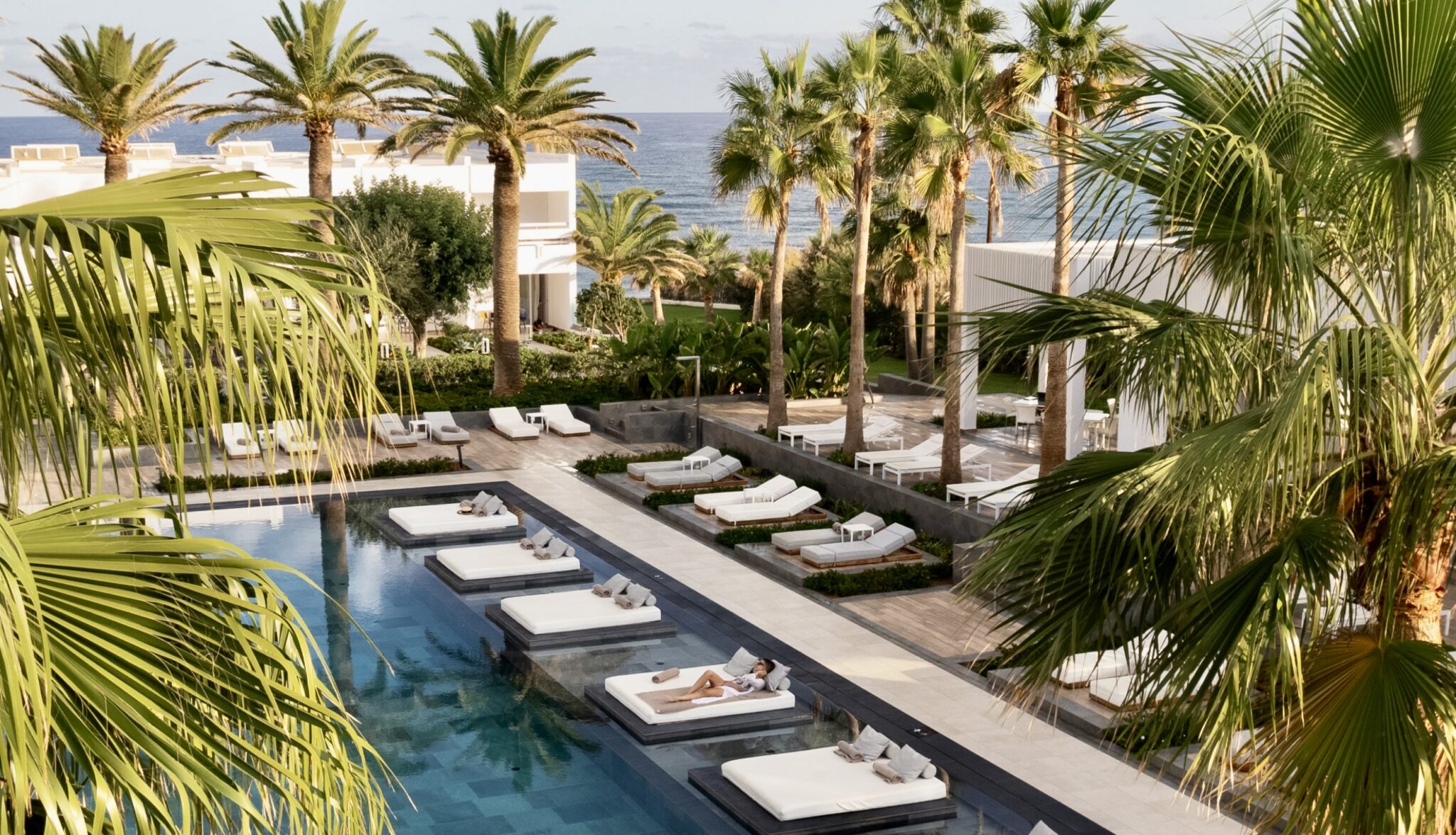The birthplace of the Minoan civilization – one of the most brilliant civilizations in human history – the “Rabd hel Khantak” (“Fortress of the Moat”) or Chandax as the Hellenized name of the administrative center of the Arab Caliphate of Crete was, the imposingly adorned Candia, capital of the Regno di Candia of the Venetians, the place that nurtured El Greco, raised Nikos Kazantzakis (the creator of Zorba the Greek) and was so loved by the flower children in the ’70s, the largest city and capital of Crete where Nobel laureate Odysseas Elytis was also born, has never ceased in its long history to be an amalgam of different cultures that flourished here over the centuries.
It maintain its vibrant Cretan soul, despite intense urbanization and constant tourist traffic. It is this unique identity of Heraklion as a crossroads of three continents, its role as a modern, vibrant metropolis and the relaxed rhythms dictated by the Cretan good life, that enrich the journey with such diverse and authentic experiences. Beyond today’s Heraklion with its hospitable atmosphere, wealth of cultural experiences and well-preserved monuments hidden in the urban fabric, beyond Knossos, cradle of Minoan civilization and the archaeological sites of Phaistos, Malia and Gortyna that make visitors partakers of the rich history of the prefecture, traditional villages and seaside settlements, vineyards and uniquely delicious local dishes, gorges and beaches with endless sands and wild beauty, captivate you, charm you, conquer you forever.
Why go in the fall
It seems like an unexpected gift to be able to enjoy relaxation on the shore, swimming and diving in October. At the same time, the city of Heraklion itself has found its rhythm, providing an excellent opportunity to observe locals in their daily lives, in the bougatsa shops of Lions Square early in the morning or in traditional cafes in the afternoons. Among them, new and old students mingle daily with tourists who prefer this time of less heat, where visits to archaeological sites are made under ideal conditions: tolerable temperatures and fewer groups.
The center of the prefecture and specifically Arkalochori with its old churches and Saturday bazaar brings us the 8th Crete Half Marathon with 5 and 10 kilometer races or 1,000 meters for children, on Sunday 6/10, while on October 28th the memories of the epic of ’40s awaken in Heraklion with the illumination of buildings, the Philharmonic of the Municipality of Heraklion playing the Dawn, the raising of the flag at the Monument of the Unknown Soldier and the established parade starting from the Battle of Crete Monument. And because the famous Cretan feasts fit everywhere, don’t miss the festival of Agia Pelagia in the homonymous, once fishing village and now tourist resort, with its small picturesque beach and abundant surrounding beaches.
What to do
Starting from the city of Heraklion, you will travel to the rich past of Chandax admiring elegant examples of Venetian architecture that testify that during the Venetian rule, besides being a key port, Candia was a remarkable and important intellectual, cultural and artistic center of the Most Serene Republic of Venice.
Although it is now called by its Ottoman name Koules, the spectacular sea fortress and landmark of Heraklion, the famous Castello a mare or Rocca a mare that once welcomed the ships of the Venetian fleet that dominated the entire Mediterranean, was built by the Venetians between 1523 and 1540 and the marble, relief winged lion of St. Mark it bears, welcomes travelers arriving in Heraklion by sea. Overlooking the Venetian Harbor, the fortress unfolds its own history and that of the city in its 26 apartments, with the highlight of the tour being the room with the cannons that assisted the Venetians in the defense of Chandax, as well as the one with the findings of the underwater research that the great oceanographer Jacques-Yves Cousteau did in 1976 in the port of Heraklion and the three Minoan shipwrecks of Dia.
At the southernmost, largest and only surviving bastion of the 15th century Venetian walls, the Martinengo Bastion, you will take a delightful walk for a wonderful view of the city, especially at sunset, but also to see the austere and simple tomb of the great writer Nikos Kazantzakis, with an engraved plaque commemorating his unforgettable phrase “I hope for nothing. I fear nothing. I am free.“
In the bustling center of Heraklion, landmarks from the years of Venetian rule and the city’s great prosperity transport us, like the Morozini Fountain, simply known as “Lions“, from the four marble lions that adorn it, spouting water from their mouths. The elaborate and perfectly preserved fountain of 1628, in the center of today’s Eleftherios Venizelos Square, one of the most recognizable monuments of the city and a meeting place for locals, is surrounded by crowds every season who either cool off from its clean water or admire its elaborate appearance with relief Tritons, sea monstrous creatures and dolphins. The same role of historical narrator is played by the elegant 16th century Venetian Loggia, the richly decorated with Ionic and Doric columns, arched arches and relief representations palace, where centuries ago nobles and rulers made decisions on the economic, commercial and political issues of the place.
The Palladian-style, rectangular, two-story Loggia today houses the central building of the Municipality of Heraklion, having been awarded as the best restored and maintained European monument in 1987. Ottoman references are not absent either, with a characteristic example being another Venetian fountain and the adjacent Ottoman one, an image that the visitor encounters in Kornarou Square or “Valide Tzami“. Here you will admire the facade of the Bembo Fountain reminiscent of part of an ancient temple, decorated as it is with a headless Roman statue and framed by two marble columns, but also its Turkish counterpart, the most beautiful sebil of its time, as the philanthropic public fountains built by prominent Turks to quench the thirst of passersby were called.
Even further back in time takes you the Archaeological Museum, with the most important collection of Minoan antiquities worldwide and amazing exhibits such as the fresco of the “Prince of the Lilies” or the Phaistos Disc, while at the Historical Museum of the city you will feel the entire history of Crete and admire the two unique works on Cretan soil by the great painter Domenikos Theotokopoulos – known as El Greco.
A must-visit is also the monumental Palace of Knossos, the largest and longest-lived Minoan palace in Crete. The image of this brilliant civilization is complemented by the palaces of Phaistos, 55km south of Heraklion, Gortyna which is also the largest archaeological site in Crete and Malia on the northern coast. Reaching Malia, you can start exploring the magical beaches of Heraklion, with the closest being Potamos with its sprawling sand, crystal clear waters and the White Mountains as a backdrop. Of course, Matala surpasses all in fame, from the time when images of hundreds of hippies who had their “hangout” in the characteristic limestone caves made their way around the world. Today it is a fully organized beach, in complete contrast to the spectacular and infrastructure-less Agiofarago, for which you will take a boat from Matala. Nearby is also Komos with its thick sand and idyllic sunset. For those who don’t want to stray far from the capital, Heraklion has three beaches – Sarantari, Gefyri, Limanakia – while Amnisos with its characteristic islet Monocharako and water sports facilities is not far away.
The nature of Heraklion of course has much more to show than beautiful beaches, as you will discover by making a stop at the relatively unknown Palm Forest of Agios Nikitas, a small, exotic oasis near the village of Achentrias, at the lake of the Aposelemis Dam which in addition to precious wetlands and an important attraction for nature lovers every season of the year, will leave you speechless with the image of the half-submerged in the waters of the artificial lake village of Sfendyli, and at the serene Lake Zaros, under the plane trees of which you will have the perfect autumn picnic.
Among the villages of Heraklion, Archanes is considered one of the most beautiful in the entire island. A stop here proves that it has deservedly been distinguished at European level as a model traditional settlement. The beautiful neighborhoods are made up of colorful houses with flowery courtyards and doors painted in equally vibrant hues, while the setting of the settlement with ancient roots – you will learn about its history in its own Archaeological Museum – is complemented by picturesque alleys, numerous churches and the shady square where you will taste authentic mezedes of the unparalleled Cretan cuisine.
What will these be? Baked potatoes with staka butter, marathopites, kalitsounia with sweet myzithra and cinnamon, hortokalitouna, sarikopites and agniopites, stamnagathi, snails with chondros and sioufichta alongside raki or local wine varieties, an experience that is a true gastronomic revelation. Especially to try excellent Cretan wines alongside exquisite olive oil, local cheeses and cured meats and to ascertain the timeless role of wine in the Cretan table, you can visit the Lyrarakis Winery in Alagni, which with dedication and care revives indigenous varieties such as Plyto, Dafni and Melissaki.
Where to stay
Bright and radiant like the strong sun of Crete, impressive and luxurious like a modern water palace of unique aesthetics, the Grecotel Amirandes Boutique Resort with its harmonious integration into the nature of its idyllic location, blurs the boundaries between the beach of Gouves and its dazzling spaces. Touching the sea that spreads at its feet, among the towering palm trees of its extensive gardens that are reflected in the lagoons-centerpiece of the spectacular resort, Amirandes seems ready to welcome Minoan kings and Venetian nobles of past glorious eras, while at the same time incorporating into its austere environment, the exotic and cosmopolitan air, high aesthetics and welcome privacy sought by the modern globe trotter. Fully renovated, with generous use of stone, simple but impressive architectural lines, maintaining the high standards of unparalleled service and the genuine sense of famous Cretan hospitality, the inspired resort proves at every level that luxury and tradition can coexist exemplarily.
The impressive collection of rooms, bungalows, suites and villas surprises with their unique character, distinctive design, timeless aesthetics and luxury amenities. Here too, stone, immaculate white and glass surfaces that allow the vivid blue of the Cretan sea and the bright Mediterranean light to invade the super-elegant spaces are dominant. The comfortable size of the superior rooms and bungalows – even those for two people reach 33 sq.m. – is impressive, while all have a balcony or terrace, view or private garden or their own pool.
Among the Danish suites ideal for families of four, the 55 sq.m. one stands out, hidden in the lush garden enjoying views from its private terrace and its two exclusive pools, naturally equipped with umbrellas and comfortable sun loungers. As for the villas, they are undoubtedly the epitome of elegance, privacy, enjoyment of good living by the shore. Private balconies with ample views, outdoor dining areas, shady terraces with their own sitting area, heated pools for the days when the breeze blows cooler or for private evening dips even in October and mini gyms within their space, are some of the features that highlight the Amirandes villas among the top accommodation choices throughout Crete.
The experience of staying in a haven-oasis is complemented by that of authentic gastronomic delights in the golden ten restaurants and bars of the resort. Mediterranean cuisine unfolds its richness in the impressive buffet of the three main meals of the central restaurant Amirandes, while the unique recipes and delicious dishes of Crete are honored by the restaurant Xasteria dedicated to local flavors, where the dinner setting has nothing to envy from the color of an authentic Cretan taverna. Casual but particularly well-groomed, with light-colored wood and stone arches underlining the space, Petrino serves by the beach favorite flavors of Greek cuisine with emphasis on fresh fish and seafood. Lovers of international gastronomy will find their hangout at Blue Monkey, which with its fusion Asian cuisine bridges the distance between Crete and the Far East, while at the impressive Lago Di Candia, the sparkling a la carte restaurant with a grill menu of select meats and freshest fish, you will enjoy your dinner almost floating on the water surfaces of the resort, with your gaze lost in the endless blue and the horizon painted in violet hues from the sunset.
As for the Minotaur specialized in Italian cuisine, the inspiration of the great Pablo Picasso from the mythical Minotaur who lived in the labyrinth of the palace of Knossos, near the location of Amirandes, highlights the restaurant space in a unique way, as it is adorned with an amazing authentic collection of ceramics by the great artist, from the Madoura cycle he created in Vallauris, France. The setting with art and Picasso’s ingenious perspective dominant, combined with perfectly executed Italian specialties and appropriate wine pairing, compose a fine dining experience that truly remains unforgettable.
The range of unique experiences at Amirandes is complemented by the always necessary moments of deep relaxation and essential rejuvenation, offered in the spaces of Elixir Alchemy Spa. Redefining the term of absolute care, the specialized staff will help you choose between 6 types of massage in private cabins or in front of the sea and will offer you the treatment suitable for you based on the beneficial properties of endemic herbs and organically grown plants.
Add dreamy activities, from romantic dinners on the beach, horseback riding among olive groves, cooking lessons and wine tastings at selected wineries, to Thai Chi, yoga and pilates practices in the resort’s gardens, family nights with outdoor movie screenings, parties with DJ sets under the stars, even organization of private photo shoots, and you have a truly amazing collage of experiences, worthy of the unique identity of Heraklion.
